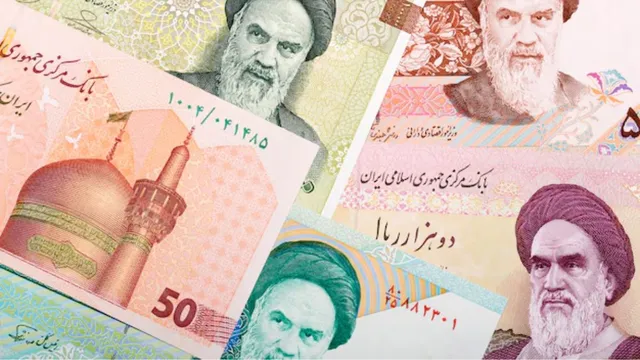- By Supratik Das
- Mon, 06 Oct 2025 04:31 PM (IST)
- Source:JND
Iran Currency Reform 2025: Iran’s parliament on Sunday approved a long-awaited bill to strike four zeros off its national currency, the rial, a move designed to simplify transactions and restore public confidence amid years of soaring inflation and currency depreciation.
The reform, passed after intense debate, was backed by 144 lawmakers, opposed by 108, with three abstentions, according to the official IRNA news agency. The plan, originally floated several years ago, will come into force once approved by the Guardian Council and signed by President Masoud Pezeshkian.
10,000 Old Rials To Equal One New Rial
Under the new law, 10,000 existing rials will be replaced by one new rial, which will be divided into 100 “Qerans”, reviving an old denomination once used in Iran’s early monetary system. The Central Bank of Iran (CBI) has been given two years to prepare for the transition and a total of three years to phase in the new currency while the old one remains in circulation.
Officials said the change will help “reduce the visual and practical burden” of excessive zeros on banknotes, a problem that has long plagued both businesses and consumers. The CBI will print new notes, issue fresh coins, and gradually withdraw the old rial once the dual-circulation period ends.
Rial’s Free Fall Drives Reform
Iran’s currency has seen a sharp decline in recent months. On Sunday, the rial traded near 1.12 million per US dollar, compared to around 920,000 in early August, as the country continues to grapple with the impact of renewed international sanctions.
Economists say redenomination alone will not cure inflation but could improve efficiency in cash transactions and accounting. “It’s a psychological and logistical step — not a structural one,” said economist Mahmoud Jafari in Tehran. “For real impact, monetary reform must go hand-in-hand with fiscal discipline and greater central bank independence.”
Aims of The 'Rial' Reform
The head of Parliament’s Economic Committee said the reform is intended to “reduce the psychological burden of endless zeros” that now crowd banknotes and complicate transactions. “Our goal is to simplify monetary dealings, make accounting easier, and cut printing costs,” he said.
Iran’s currency has been under relentless pressure since the United States withdrew from the 2015 nuclear deal in 2018 and reimposed sanctions, sharply curbing Tehran’s oil exports and access to foreign reserves. On Sunday, the rial traded at nearly 1.12 million to the US dollar, down from around 920,000 in August, according to unofficial market data.
Officials have outlined the key objectives behind the decision:
• Simplify financial transactions for citizens and businesses.
• Reduce the costs of printing, issuing, and handling banknotes.
• Enhance public confidence in the national currency.
• Facilitate accounting and pricing systems in both public and private sectors.
• Restore the rial’s credibility in domestic and international markets.
ALSO READ: Lot 41 Controversy: Why Is Iran Turning Mass Execution Graves Into A Parking Space?
Iran’s decision mirrors moves by other inflation-hit nations such as Turkey and Venezuela. Turkey successfully removed six zeros from its lira in 2005 amid broader reforms, while Venezuela’s repeated redenominations failed to stabilize its economy.
Officials in Tehran stressed that Iran’s plan is more structured and gradual, designed to protect the public from confusion. Public education campaigns and transparent exchange mechanisms will accompany the rollout to ensure a smooth transition. If approved by the Guardian Council and signed by President Masoud Pezeshkian, the reform will come into effect after the Central Bank announces readiness through official gazettes and state media.

